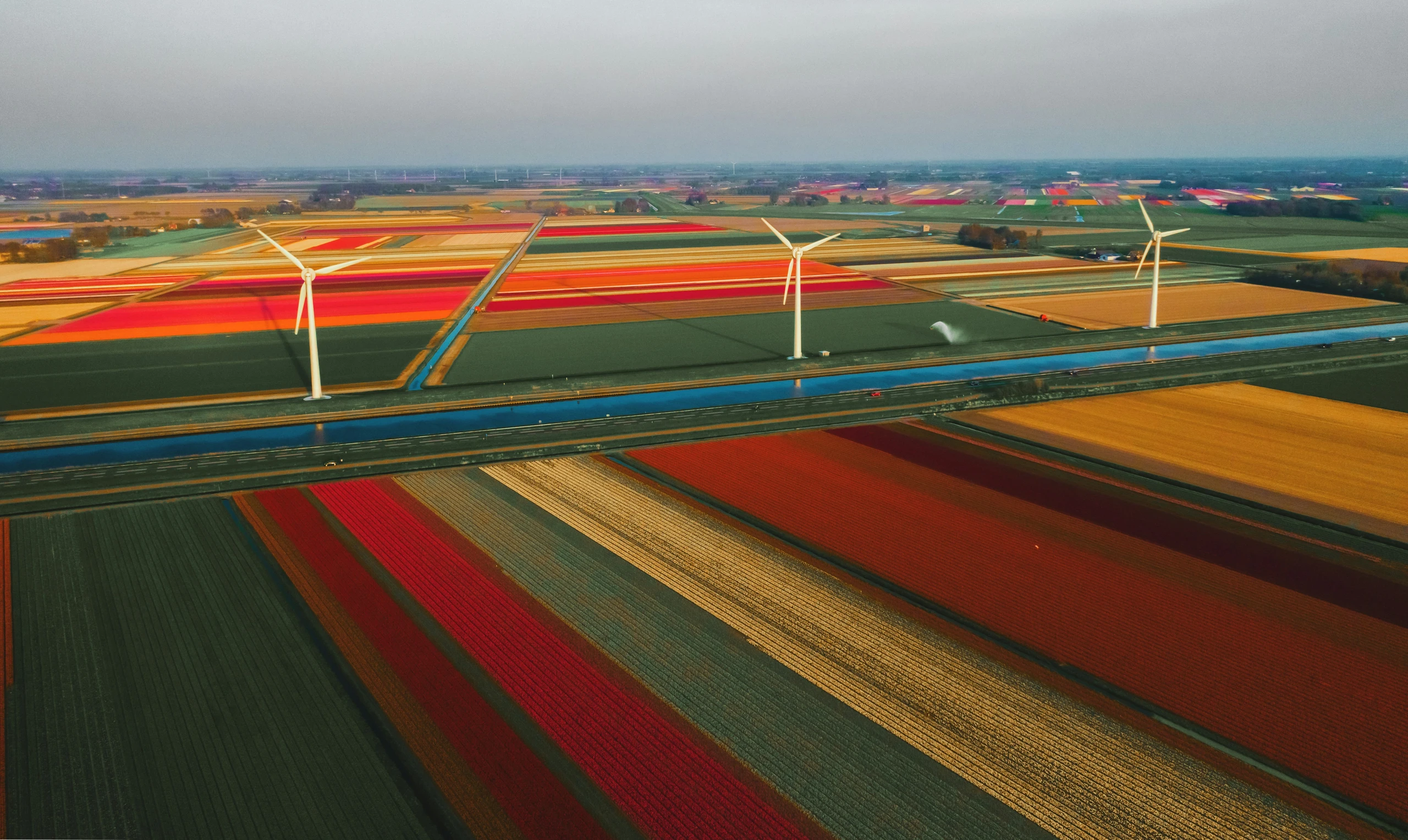-
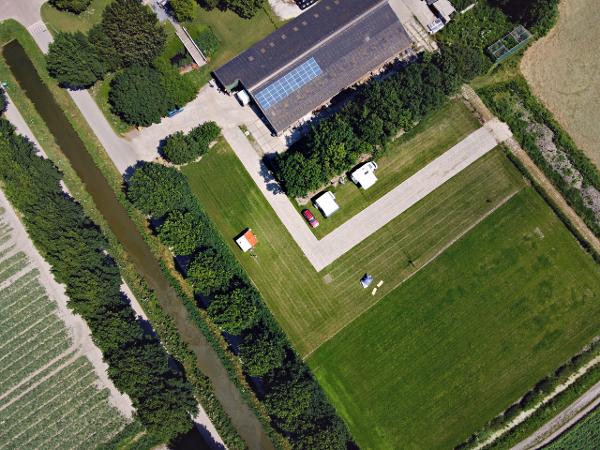
Camping Zonnehove
Small campground in quiet and relaxing area.
-
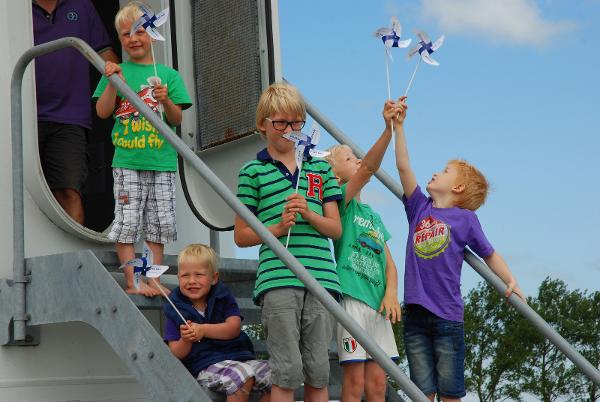
Visit the farm “Leven van de wind”
Enjoy the hospitality of farm life! See with your own eyes how a modern farmer works. We love to introduce our company ato you. We have a very traditional farm with potatoes, onions, wheat and sugar beets. But we are also an energy supplier. There runs a 0.9 megawatt wind turbine and there are 180 solar panels on the roof of the shed. Want to see for yourself how our products grow? Or are you just curious about all these modern technologies? Come and make a tour over our company.
-
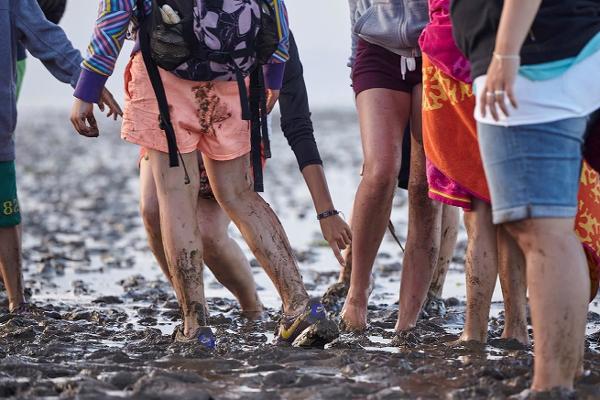
De Groot Recreation
De Groot Recreatie offers you a sea of possibilities in the field of recreation. They organize the following activities: mudflat walking, bird and seal watching during a cruise, walking and cycling over Wieringen, shrimp fishing or staying overnight in the Waddenhuus.
-
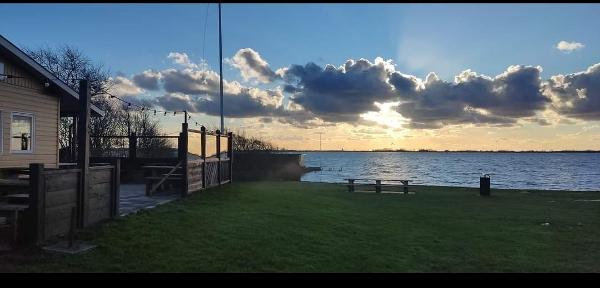
Restaurant Beach Bites
Beach Bites, The place where you are welcome all year round to enjoy fresh coffee, delicious food and various special beers. A beautiful place with the most beautiful view over the Amstelmeer. Also very suitable for your parties and celebrations.
-
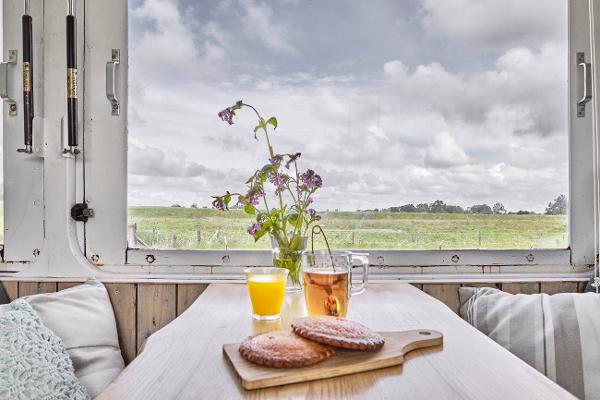
Camping Terra Incognito
Camping Terra Incognito is gelegen op het meest westelijke puntje van het onontdekte voormalige waddeneiland Wieringen. Het is perfect voor degenen die nieuwe ervaringen willen opdoen en deze willen delen met gelijkgestemde avonturiers. Ontsnap aan de drukte en ontdek deze verborgen parel. Verken het schilderachtige boerenland, geniet van het zonnestrand aan het Amstelmeer en ervaar de dynamiek van de Waddenzee.
-
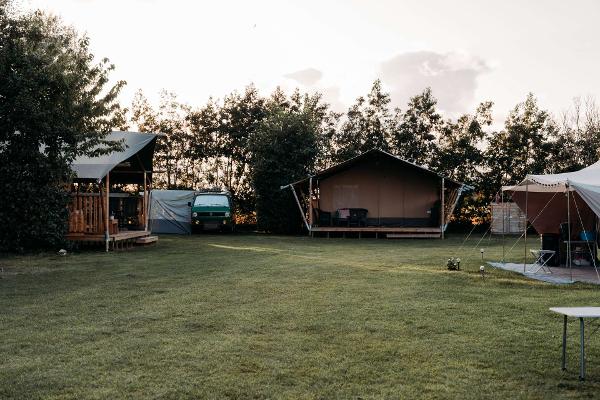
Campsite De Tulpenweide
Spacious campsites with water, electricity, wireless internet.Good reception for satelite. Heated sanitary block,3 toilets,1 urinal,2 showers,laundry,washing machine and indoor dishwashing facilities Children's play facilities and hobby animals. Recreation Brochure, biking, campingfreezer,lendingbooks. Pickup and Return service from the station Anna Paulowna.Beautiful rural location.
-
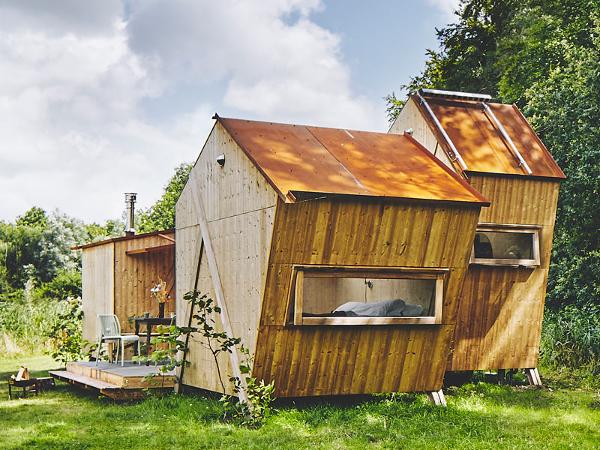
The Forest Calls
A natural camping where you can escape reality and fully enjoy nature. Come with your tent, camper, caravan or boat to this beatiful site. It is also possible to rent a fully equiped tent at the accommodation.
-

De Waddenhuus
De Waddenhuus is een comfortabel en modern ingericht 10 persoons vakantiehuis. In het voorjaar is het helemaal opgeknapt én je kunt er nu onbeperkt genieten van een hot tube (5 personen) en van de sauna (3-4 personen). Daarnaast biedt het huisje nog een privé terras met tuinmeubilair aan de voorzijde van het huis.
-
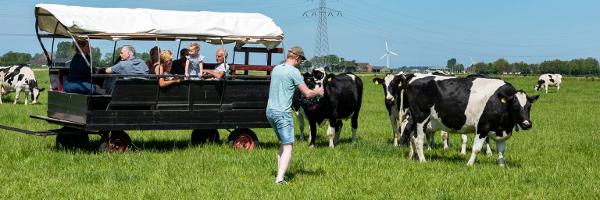
Belevingsboerderij Veldzicht hoeve
Beleef, proef & ervaar hoe het is om boer te zijn op een moderne koeienboerderij!
-

Voormalige Hervormde Kerk Wieringerwerf (Het Kompas)
In 1937 werd gestart met de bouw van de Nederlandse Hervormde Kerk aan de Meeuwstraat. In Slootdorp en Middenmeer waren al hervormde kerken gebouwd. Alle drie de kerken zijn ontworpen door architect G. van Hoogevest. De interbellumkerk is bescheiden en relatief sober ontworpen. In april 1945 is de kerk zwaar beschadigd. In 2002 werd het gebouw niet meer gebruikt als Hervormde Kerk. De Nederlandse Gereformeerde Kerk huurde de kerk en gaf het gebouw de naam ‘Het Kompas’. In 2022 zijn er appartementen gebouwd in de kerk.
-

Heidense kapel – Smerperweg
The Heathen Chapel at the cemetery on Stroe is special because, according to tradition, a small church has stood on this location since around 700 AD. The chapel was built in 2016 on the initiative of local residents.
-
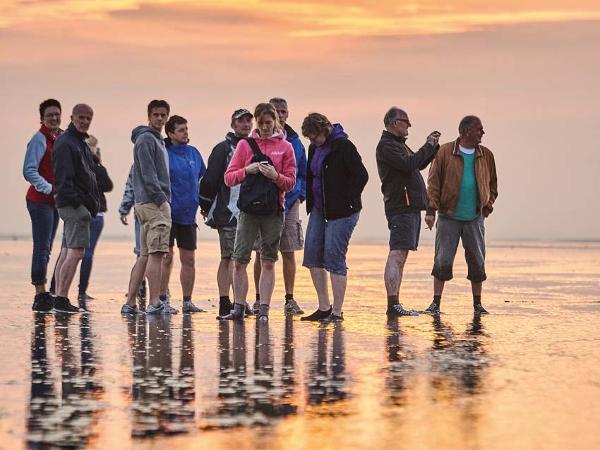
De Groot Recreatie
Een zee van mogelijkheden voor een onvergetelijk verblijf op Wieringen voormalig eiland in de Waddenzee.
